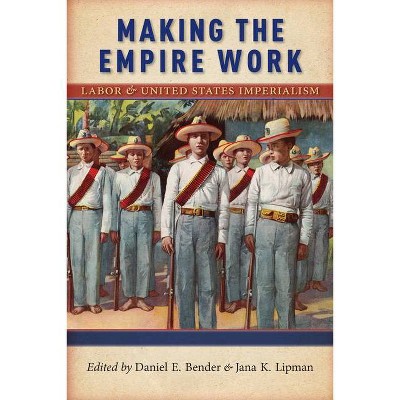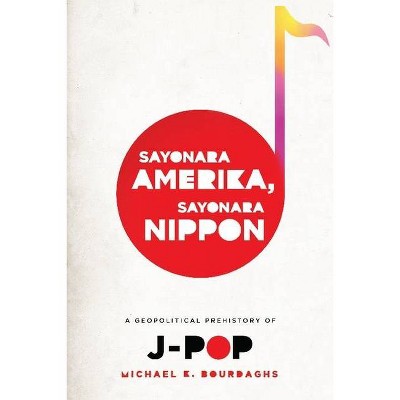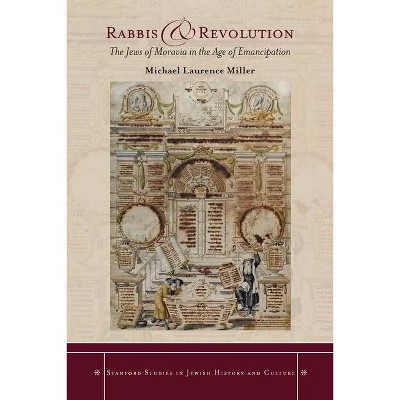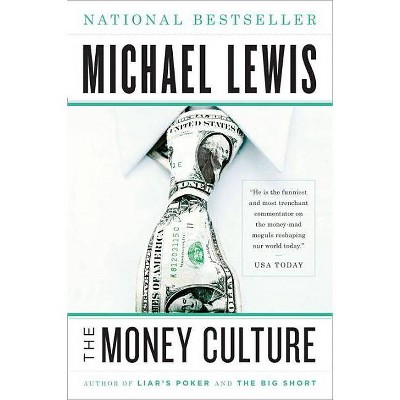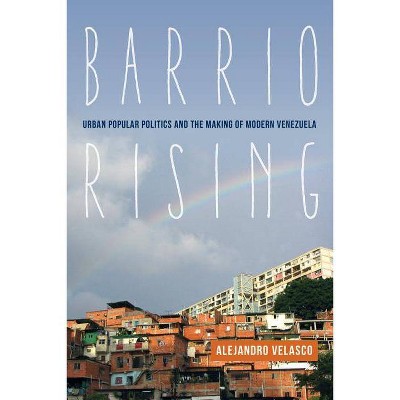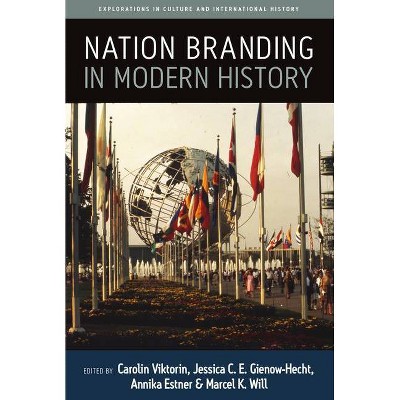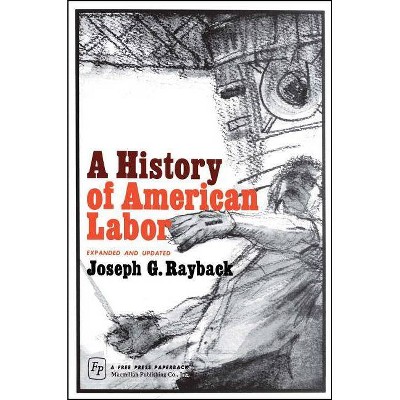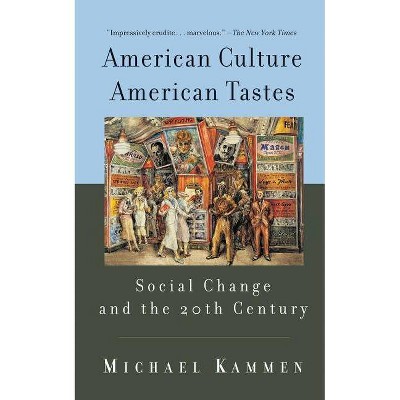Steel Barrio - (Culture, Labor, History) by Michael Innis-Jiménez (Paperback)
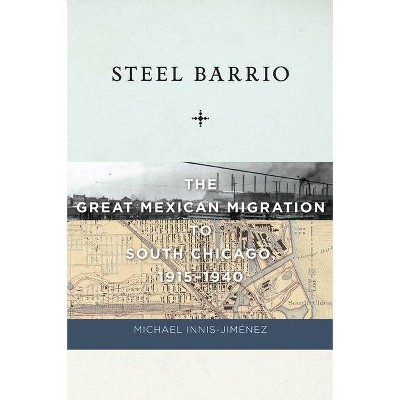
Similar Products
Products of same category from the store
AllProduct info
<p/><br></br><p><b> Book Synopsis </b></p></br></br>Since the early twentieth century, thousands of Mexican Americans have lived, worked, and formed communities in Chicago's steel mill neighborhoods. Drawing on individual stories and oral histories, Michael Innis-Jiménez tells the story of a vibrant, active community that continues to play a central role in American politics and society. Examining how the fortunes of Mexicans in South Chicago were linked to the environment they helped to build, <em>Steel Barrio</em> offers new insights into how and why Mexican Americans created community. This book investigates the years between the World Wars, the period that witnessed the first, massive influx of Mexicans into Chicago. South Chicago Mexicans lived in a neighborhood whose literal and figurative boundaries were defined by steel mills, which dominated economic life for Mexican immigrants. Yet while the mills provided jobs for Mexican men, they were neither the center of community life nor the source of collective identity. <em>Steel Barrio</em> argues that the Mexican immigrant and Mexican American men and women who came to South Chicago created physical and imagined community not only to defend against the ever-present social, political, and economic harassment and discrimination, but to grow in a foreign, polluted environment. <em>Steel Barrio</em> reconstructs the everyday strategies the working-class Mexican American community adopted to survive in areas from labor to sports to activism. This book links a particular community in South Chicago to broader issues in twentieth-century U.S. history, including race and labor, urban immigration, and the segregation of cities. <p><br /></p><p/><br></br><p><b> Review Quotes </b></p></br></br><br>[A] compelling portrait...Innis-Jimenez carefully gleans archival sources, local and national newspapers, and oral history interviews of longtime residents such as Mercedes Rios, Gilberto Martinez, and Justino Cordero to convey the circumstances wherein Mexican immigrants and their U.S.-born offspring participated in the formation and perseverance of the South Chicago community from the days of the Mexican Revolution through the Great Depression and into World War II.-- "Journal of Illinois History"<br><br>Fleshing out the bond between one Chicago neighborhood and broader national issues like & urban growth and death, segregation within the cities, and the relationship of urban immigrants to their natural and built environment makesSteel Barrio valuable addition to NYUs & Culture, Labor, and History series and to twentieth-century US historiography more broadly. Students and scholars of race, immigration, and identity would do well to give it a read.-- "Journal of American Culture"<br><br>In Steel Barrio, Innis-Jiménez clearly explains the function of Mexican labor in Chicagos steel manufacturing at the turn-of-the century. [] [T]his book does an excellent job of filling significant voids in Chicagos Mexican immigrant history and will certainly generate much discussion among scholars, students, and readers interested in Chicagos immigration history.-- "Journal of the Illinois State Historical Society"<br><br>Innis-Jimenez (Univ. of Alabama) offers a broad portrait of Mexican immigrants in South Chicago during the interwar years. With an illuminating discussion of the push and pull factors that drew Mexicans from their home country to 'a place at once far from the border and within the industrial heart of the United States, ' the author details the pronounced contributions Mexicans made through their labor in the railroad and steel industries as well as the hardships and discrimination they endured. Particularly strong is his explanation of survival strategies developed during the Great Depression, including an insightful chapter on the role of adult sports in knitting together the South Chicago Mexican community. Innis-Jimenez persuasively interprets the community's myriad efforts to maintain Mexican culture in the US as a form of resistance to the pressure to assimilate and Americanize. Extensive use of oral histories, giving readers a compelling window into the hopes and beliefs of the individuals who made up this history and immigration history. Summing up: Recommended.-- "Choice"<br><br>InSteel BarrioMichael Innis-Jimenez demonstrates a real sensitivity and appreciation for the cultural institutions that Mexican immigrants created in Chicago between 1914 and 1940. He works hard to offer a sophisticated analysis conversant with the broad literature on race and ethnicity.-- "The Journal of American History"<br><br>Michael Innis-Jimenezs bookSteel Barriois a thorough documentation of the secondary migration of Mexican communities to the industrial Midwest. The book fills in a discernible gap in Mexican and Chicano historiography that exists between the end of the Mexican Revolution and the beginning of the Bracero program in 1942.-- "Journal of American Studies of Turkey"<br><br>Steel Barrio joins a growing body of work on Mexican migration and life in the 'Windy City, 'and is likely to become an important book in the field, if not an obligatory starting point.-- "Journal of American Studies"<br><br>Steel Barriois an important book that should be mandatory reading for anyone interested in immigration, urban, and Latino history. It is a book that will no doubt earn classic status as an important contribution to the study of Mexicans in the United States.-- "Labour"<br><br>The authors array of primary sources is impressive. I spent two years in the 1970s conducting dissertation research on the early settlement of Mexican steel workers in East Chicago, Indiana, and in South Chicago, and much of this material either escaped my attention or was not available at the time. On the other hand, my early work benefited from strong living vestiges of the era portrayed in Steel Barrio. [] Even though I turned away from studying Mexican Chicago decades ago, I have kept up with the literature on the subject, and this book has greatly enriched both my knowledge and perspective.-- "Indiana Magazine of History"<br><br>The richly documented history of Mexican South Chicago here yields a sophisticated, rounded, and compelling study of the evolution of an immigrant place. Attentive to structural factors shaping migration and assimilation, Innis-Jiménez also tells textured human stories of the work, play, and solidarity that created and recreated an enduring community, snatching life from discrimination and hardship.--David Roediger, University of Illinois<br><br>The task of explaining how the second largest 'Mexican city' in the United States, Chicago, came to be has fallen to this generation of U.S. historians. Innis-Jiménezs Steel Barrio is a fascinating and often enlightening contribution to that end. Beyond providing us an origin story of the Mexican community in the windy city, he explains why Mexicans live where they do and the unique way in which they inhabit that space. In doing so, Innis-Jiménez transforms our thinking about Mexican American history and the history of urban America.--Matthew Garcia, Director, Comparative Border Studies, Arizona State University<br><br>This book is an excellent source and important contribution; it will work well in undergraduate courses in many disciplines as well as sociology courses on immigration, ethnicity, and other topics.-- "City & Community"<br><br>This book provides a crucial and too-long-neglected piece of labor history...Steel Barrio offers a thought-provoking portrait of a growing Mexican neighborhood on Chicago's south side. Innis-Jiminez's research points to some critical questions about the formation and splintering of America's twentieth-century working class, and provides a key contribution to the growing literature on the constitution and politicization of racial identities.--Margaret Garb "American Historical Review"<br>
Price History
Price Archive shows prices from various stores, lets you see history and find the cheapest. There is no actual sale on the website. For all support, inquiry and suggestion messagescommunication@pricearchive.us
